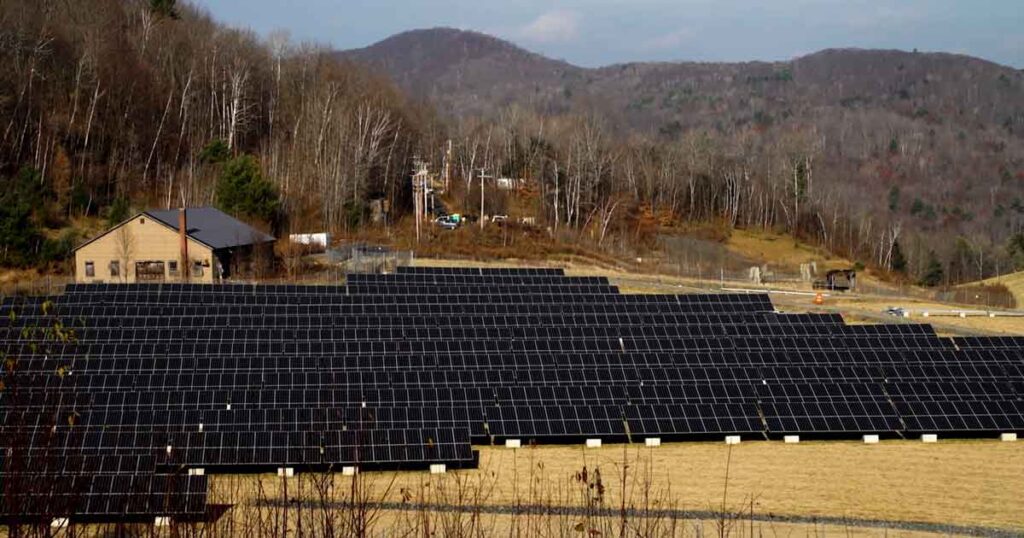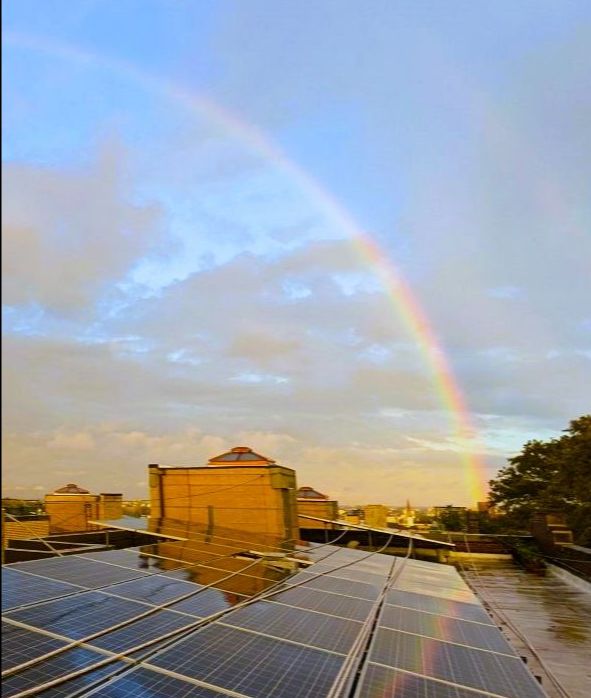
Since the late 19th century, communities across Appalachia have produced generation after generation of coal miners. The work was dirty and dangerous, but it was more reliable and more lucrative than farming, and as coal demand ramped up throughout the 20th century, mining provided the economic resources to build towns, schools, churches, health care facilities and a middle class lifestyle.
Now those communities are struggling on multiple fronts: As coal demand has plummeted (and coal prices along with them), communities are struggling to find well-paying work, and the resulting problems of alcohol and drug use that often arise along with poverty. At the same time, the environmental effects of long-term mining operations, like contaminated soil, habitat and wildlife loss and chemical-laden water supplies are also more prevalent in low income communities that were once supported by coal mining.
For a long time, the loss of coal jobs was a political wedge that helped fossil fuel companies avoid the inevitable conversation about how to help miners and their families, and what could be the next economic force in Appalachia. A lot of climate change denialism has emerged in political races in places like southwestern Virginia, West Virginia, Kentucky and Pennsylvania, and “anti-coal” positions have helped Republicans dominate the state houses and governor’s mansions in states that have long thrived due to coal mining.
But now the tables are turning, and solar advocates in southwestern Virginia believe there are three factors helping to warm Appalachians up to solar: Local businesses and outreach workers, who grew up in the communities they are trying to reach and who understand the culture deeply, have more success than outsiders in this close-knit world. Tax incentives via the Inflation Reduction Act don’t hurt either, and proving the value of solar through demonstration projects on schools and hospitals are also starting to change people’s minds.
Hiring locals to install and maintain the photovoltaic panels is key, too. In 2022, Secure Solar Futures, a local solar installer based in Virginia’s Wise County, started an annual apprenticeship program that trains local high schoolers to do everything from wiring arrays to the physical heavywork of carrying and arranging panels, and pays them $17 an hour. This tangible example of a solar operation employing community members has been part of “the proof in the pudding,” Matt McFadden of Secure Solar Futures said.
And even though we’re not based in coal country, Solar One’s Green Workforce Training Program has been operating along the same lines for more than a decade, collaborating with workforce agencies and job seekers to provide the skills needed for the clean energy transition.
You can read more about this on Grist.org here.


